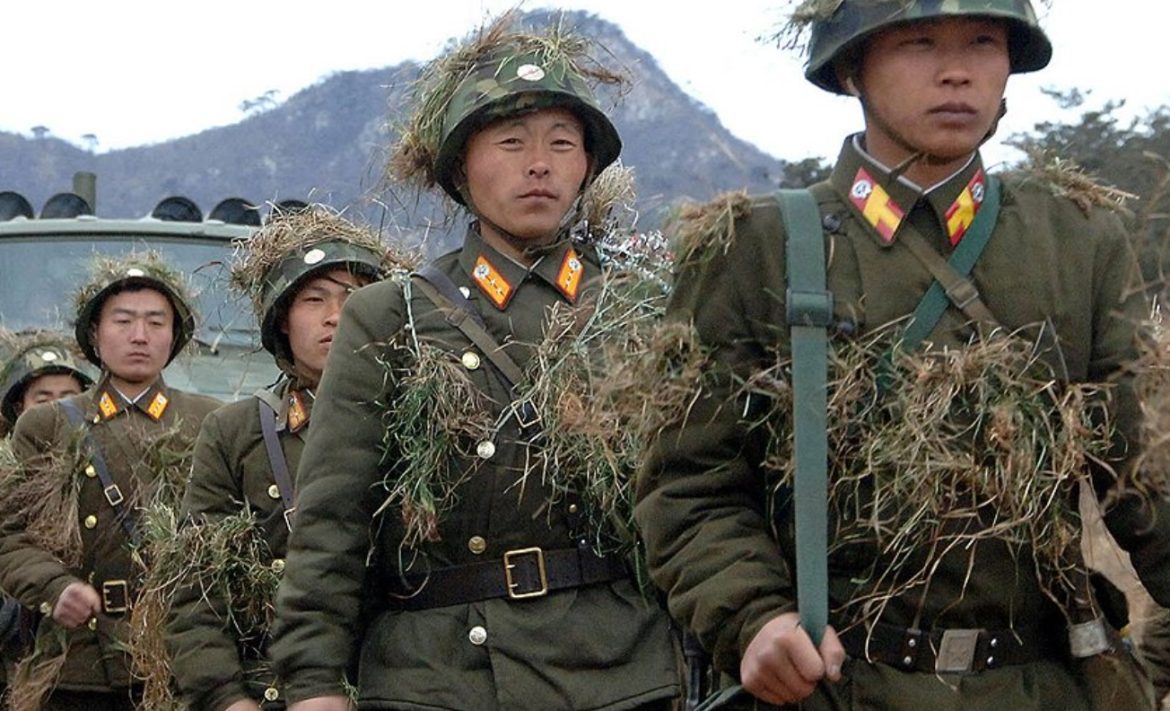


The assessment was disclosed by National Assembly member Lee Seong-kweun following a closed-door briefing by the National Intelligence Service (NIS) on 4 November. Lee said roughly 5,000 “construction troops” have been transferred in phases since September 2025 for infrastructure work.
According to Lee, the NIS continues to detect signs of training and personnel selection in North Korea for further deployments, indicating the arrangement is intended to be sustained. The agency’s brief to lawmakers included an estimate that about 10,000 North Korean soldiers are now positioned in Russia’s border area with Ukraine.
Over recent months, North Korean personnel in Russia have been observed undertaking engineering and rear-area tasks, particularly in the Kursk region. Ukraine’s military intelligence reports that these troops have remained on Russian territory to carry out engineering work, including the construction of defensive positions, while regional Russian authorities have referred to demining activities in the same area.
The scale and role of North Korea’s deployment have developed over the past year. In November 2024, South Korea’s defence ministry said more than 10,000 North Korean troops had arrived in Russia, with a significant number in frontline areas including Kursk. Subsequent months saw additional rotations reported by South Korean and international media, alongside assessments that Pyongyang could send further batches of troops and specialists as required.
Casualty reporting has also emerged. South Korea’s intelligence service has previously briefed lawmakers that hundreds of North Korean personnel have been killed and thousands wounded while operating alongside Russian forces, with some injured troops repatriated to North Korea earlier this year. While figures vary by source and time period, the NIS has repeatedly linked the casualty estimates to the presence of North Korean units in and around the Kursk theatre.
In parallel with troop movements, intelligence assessments in Kyiv and Seoul say North Korea has become a key supplier of ammunition to Russia. Ukraine’s Foreign Intelligence Service stated in October that Pyongyang currently provides roughly 35–50% of Russia’s ammunition needs, translating to about 200,000–260,000 artillery shells per month. Ukraine’s military intelligence chief has separately put the share at around 50% at the front earlier this year.
Reporting from Seoul and allied capitals has also focused on the quid pro quo. Analysts and officials have said North Korea is receiving a mix of financial support, food and energy supplies, and access to military and dual-use technologies from Russia. South Korean intelligence and allied assessments have cited transfers ranging from air defence and electronic warfare systems to assistance that could enhance North Korea’s missile and space programmes.
The labour component sits alongside the military support. The NIS has briefed that North Korea is sending military builders and deminers to Russia, including for reconstruction in the Kursk region. Separate monitoring has tracked plans for larger labour contingents, though such deployments would run counter to UN Security Council resolutions that bar North Korean overseas workers.
Ukraine has previously warned that the North Korean presence could increase further. In late 2024, President Volodymyr Zelenskyy told the European Parliament that the contingent in Russia might rise considerably, and Ukrainian officials have reported periodic engagements with North Korean troops. Western and South Korean assessments have treated these deployments as part of a deepening Russia–North Korea alignment since mid-2024.
As of 5 November 2025, the NIS assessment places about 10,000 North Korean troops near Ukraine’s border and roughly 5,000 construction troops in Russia since September, with indications of further rotations. Seoul’s intelligence picture, combined with Ukrainian and open-source reporting, points to a long-term arrangement involving manpower, munitions and technology flows between Pyongyang and Moscow, with direct implications for the fighting in and around the Kursk axis.
France Set to Arm Ukraine with New Jets in Landmark Defence Pact